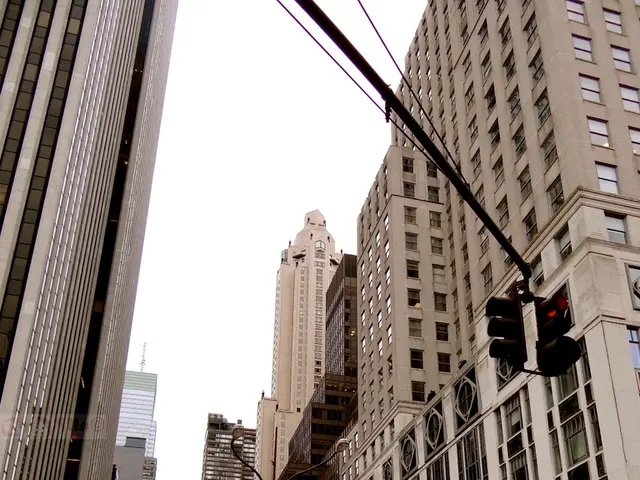In the vast agricultural heartland of Brazil's southeast, a noteworthy surge in wildfires has unfolded. Since last Thursday, approximately 2700 blazes have been reported, with 40 urban zones currently under the most alarming alert status. Brazil's administration has responded by deploying military aircraft to quell these fires. Authorities report that over 20,000 hectares of land have been scorched by these infernos.
According to data from Brazil's National Institute for Space Research (INPE), São Paulo has grappled with its toughest August since 1998, with 3480 distinct fire sites. This number surpasses the previous year's count by more than twice. Numerous wildfires persistently rage in the Brazilian Amazon region.
The Brazilian government, with the Brazilian National Institute for Space Research (INPE) taking a leading role, is closely tracking the expanse of these wildfires. In São Paulo, local authorities have declared a state of emergency to manage the fires.
It's crucial to understand that human activities serve as the primary catalyst for these fires. Ranchers and farmers intentionally burn land to prepare it for pasture and agriculture, often transgressing the law as they expand their territories. Unfortunately, climate change exacerbates this issue, making vegetation drier and more susceptible to burning. Prolonged droughts and low humidity, particularly during the El Niño weather event in 2023-2024, have contributed to the spread of fires.
The Brazilian government has reacted to this crisis by attributing it to "climate terrorism," a term that has sparked debate among environmentalists and policymakers. In response, they've proposed harsher penalties for environmental transgressions. President Luiz Inácio Lula da Silva has prioritized environmental protection, aiming to conserve the Amazon rainforest. However, the surge in fire outbreaks has continued, partly due to weaker protections under his predecessor, Jair Bolsonaro.
Organizations like MapBiomas are closely monitoring the situation, providing data on the extent of the fires and their environmental impact. Ane Alencar from MapBiomas has warned that immediate action is needed. Once forests succumb to fire, they become increasingly vulnerable to future fires, signaling a shift in the pattern of environmental degradation.
The environmental impact is substantial. The Amazon, a significant carbon sink and global hotspot of biodiversity, has seen more forests destroyed by fire than grasslands for the first time. The widespread devastation threatens Brazil's commitments to the Paris Agreement goals. The repeated burning of forest areas compromises their ability to recover, making them increasingly vulnerable to future fires.
Experts stress the urgency of proactive measures to address this crisis. The situation remains critical, with over 30.8 million hectares of land burned in 2024, a 79% increase from the previous year. The Brazilian government faces significant challenges ahead of the UN COP30 climate conference in November 2025, as the environmental crisis continues to unfold.







